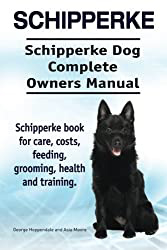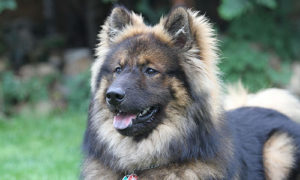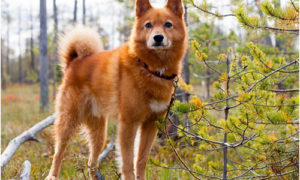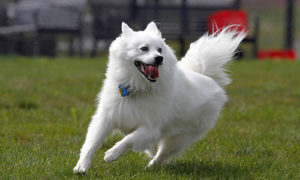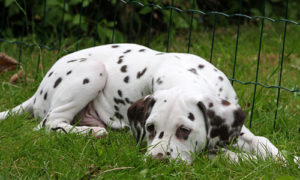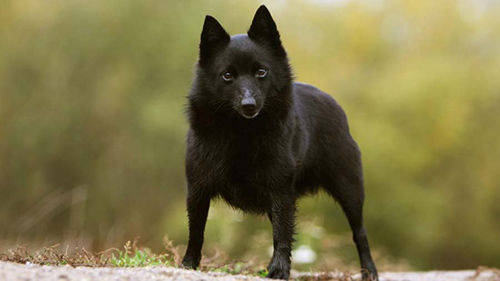
The Schipperke is a miniaturized version of sheepdogs long used in Belgium. Dog owners used them for hunting small animals, kill vermin, and guard canal boats that doubled as homes and businesses between Antwerp and Brussels.
In Flemish, schip means boat, also known as the Little Captain; the Schipperke was a working-class companion dog until it caught royal visitors’ attention at a Brussels dog show in 1885.
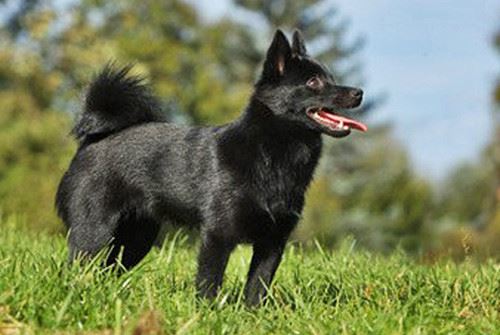
At that point, the breed transitioned into a fashionable pet. A few years later, the first Schips made their way to the United States in 1888.
The Schipperke is a short-black, cobby dog with a level or sloping backline, a broad, deep chest, a slightly arched, moderate neck, and a short, docked tail. This dog’s unique silhouette results from its square profile and distinctive coat, complete with ruff, cape, and culottes.
The Schipperke’s head is slightly rounded, wedge-shaped, and foxy with a mischievous expression. The eyes are small, dark, and oval-shaped, and the ears are high set, small and triangular.
Schipperke Breed Facts
Activity level: Schipperkes love to run in a large yard but can adapt to life as an apartment dog.
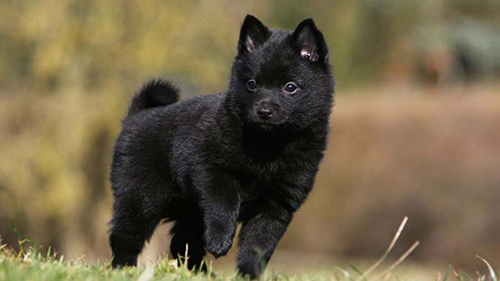
- POPULARITY: Unknown
- FAMILY: Spitz
- AREA OF ORIGIN: Belgium
- DATE OF ORIGIN: 1600s
- ORIGINAL FUNCTION: Barge dog, watchdog, ratter
- TODAY’S FUNCTION: Companion
- OTHER NAME: None
The Schipperke Temperament
This breed is a lively, curious, confident little dog with an independent nature. Faithful and devoted to its owner, the breed can be reserved with strangers. They’re extraordinarily vigilant and make exceptional watchdogs. They also have a well-developed hunting instinct. These dogs are willful and a challenge to train. Owners must have patience and be persistent with this breed. Obedience training will preempt many potential problems such as excessive barking, begging, or bolting out open doors.
Grooming
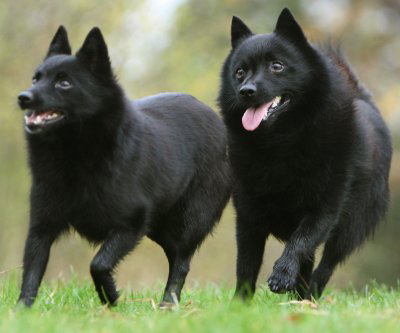
This dog only needs brushing once or twice a week.
Coat: The abundant outer coat’s texture is straight and slightly harsh, and the undercoat is soft and very dense. Its coats length should be short on the face, ears, front of the forelegs and hocks, medium length on the body, and longer elsewhere.
Color: Black
Health
- Major concerns: MPS IIIB
- Minor concerns: Legg-Perthes, epilepsy, hypothyroidism
- Occasionally seen: entropion, distichiasis, PRA, CHD
- Suggested tests: thyroid, DNA for MP IIIB, knee
- Life span: 13-15 years
- Weight: male: 12-16 pounds; female: 10-14 pounds
- Height: male: 11-13 inches; female: 10-12 inches
Schipperke Buyer’s Guide and Breeder Information
The parent club’s website offers a breeder referral service.
Parent club: Schipperke Club of America; founded in 1929
Regional clubs: The SCA lists local breed clubs on its website on the “Regional Clubs” page under “Club Info.”
Rescue: Find rescue information by clicking on “Rescue” on the SCA’s home page.

